Description
Richard Riemerschmid was an important artist of the German arts-and-crafts-movement, the so-called Munich Art Nouveau. He was born in Munich, 1868, died ibidem, 1957, architect, designer for furnishing, textile, ceramic, glas and silverware a.s., founding member of the „Vereinigten Werkstätten für Kunst im Handwerk“ (“United Workshops for arts in crafts”), in Munich (1897) and the „German Werkbund“ (1907), in 1908 creator of the first garden city in Germany (Hellerau/Dresden), which was implemented in the course of establishing the “Deutsche Werkstätten“ (formerly „Dresdner Werkstätten für Handwerkskunst“). 1912–1924 he was the head of the “Kunstgewerbeschule” in Munich, and a member of the jury of the „Deutsches Warenbuch“, edited by the German Werkbund and Dürerbund in 1915, the structural and artistic director of the “German Country Fair Munich” 1922 and between 1926 and 1931 professor und director of the “Kölner Werkschulen”. Riemerschmid was influenced by the English Arts-and-Crafts-movement und designed furniture and utensils of almost all materials.
At the beginning of his ceramic work Riemerschmid dealt exclusively and intensively with the material stoneware in cooperation with the traditional industries of the Westerwald, especially with Reinhold Merkelbach in Höhr-Grenzhausen. His designs contributed substantially to lead them out from their economic plight and to participate them in the Modern Movement. His views came to dominate the design establishment of the Kannenbäckerland (“can baker country”). Riemerschmid’s designs emerged from his own experiments at the potter’s wheel, adapted age-old techniques to modern production methods; they featured solid forms derived from the properties of the material and simple patterns in traditional colours. In the first decade of the 20th century Riemerschmid drew the highest praise from critics and soon his drafts began to be produced in series.
The so called „bowl for salt” is part of a group of pieces, which had been summarized with the model number “1730” in the year 1905.
To the series belonged the mustard pot with pewter (1902), which became a model for other pieces, produced from Reinhold Merkelbach, like the butter dish, the dish, the egg cup and the „bowl for milk”.
Cp.: Joseph August Lux: Die Geschmack im Alltag, Dresden 1908, Abb. S.87; Cp. Deutsches Warenbuch, ed. Dürerbund-Werkbund-Genossenschaft, Hellerau bei Dreden o.J. (1915), p.103/K317-322. Winfried Nerdinger: Richard Riemerschmid. Vom Jugendstil zum Werkbund, München 1983, p.329, Kat.No. 403b; Franzke 1987, S. 340 Kat.Nr. 511.
Et.a. in: Badisches Landesmuseum, Karlsruhe, Inv. No.70/87b; Werkbundarchiv-Museum der Dinge, Berlin/Germany.

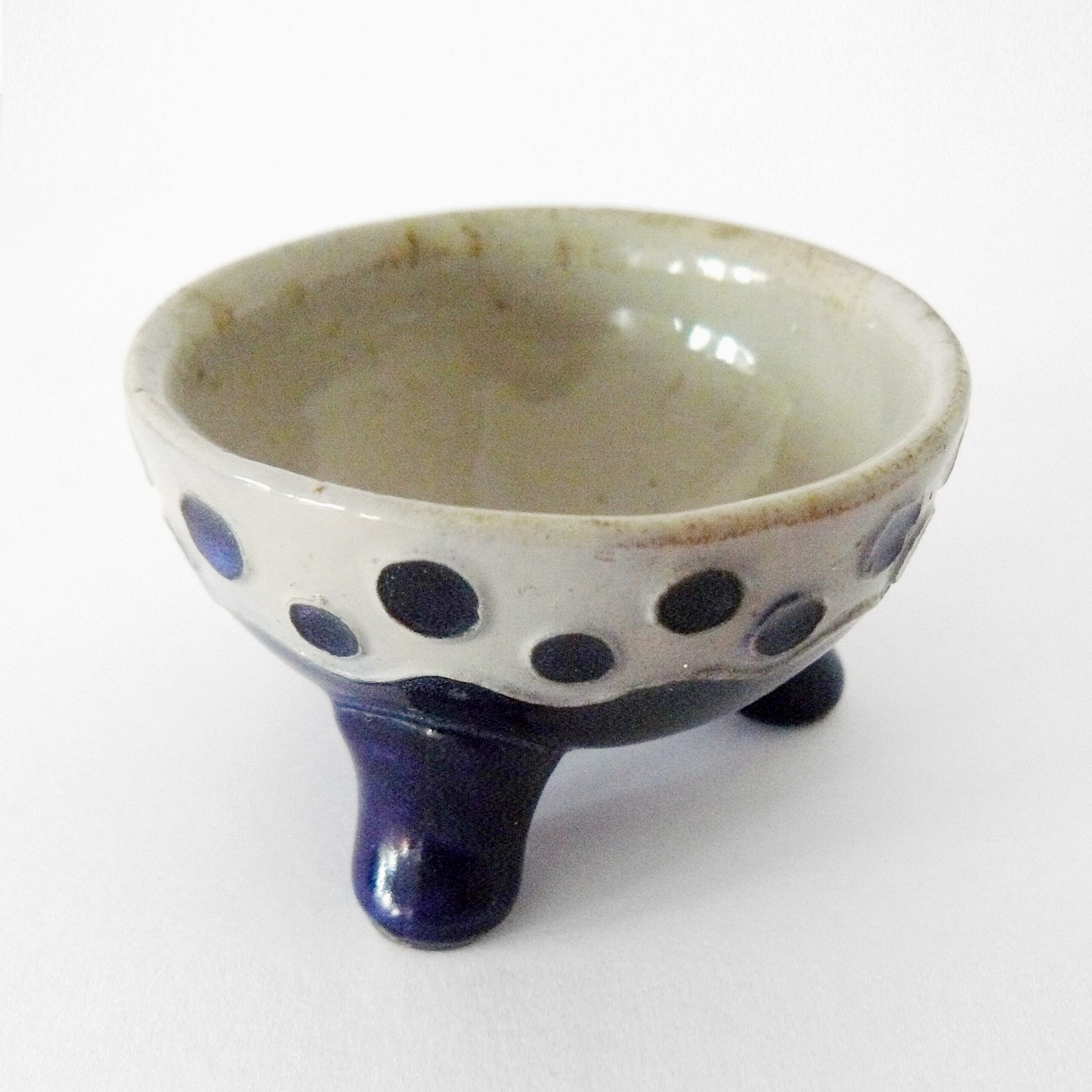



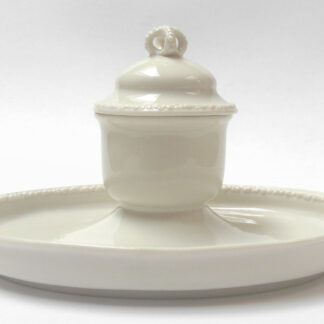
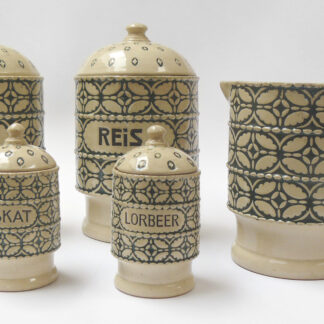
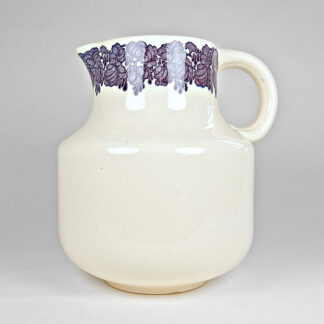
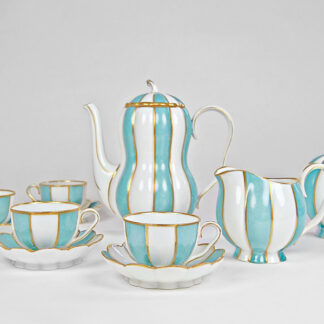
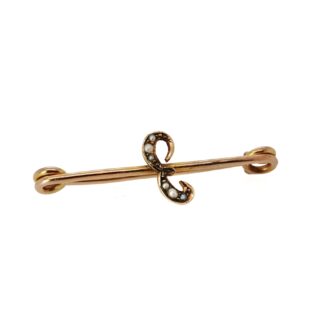
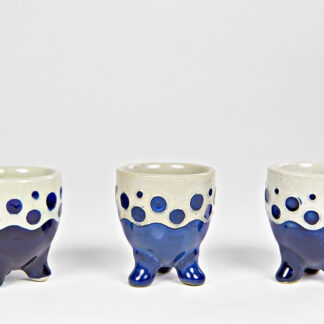
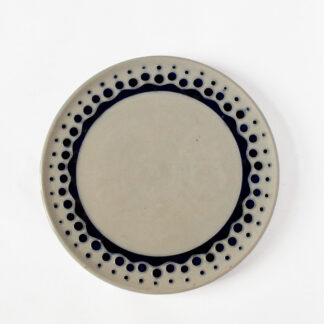
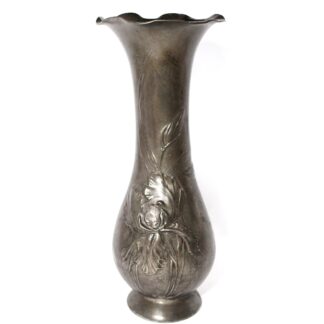
Reviews
There are no reviews yet.